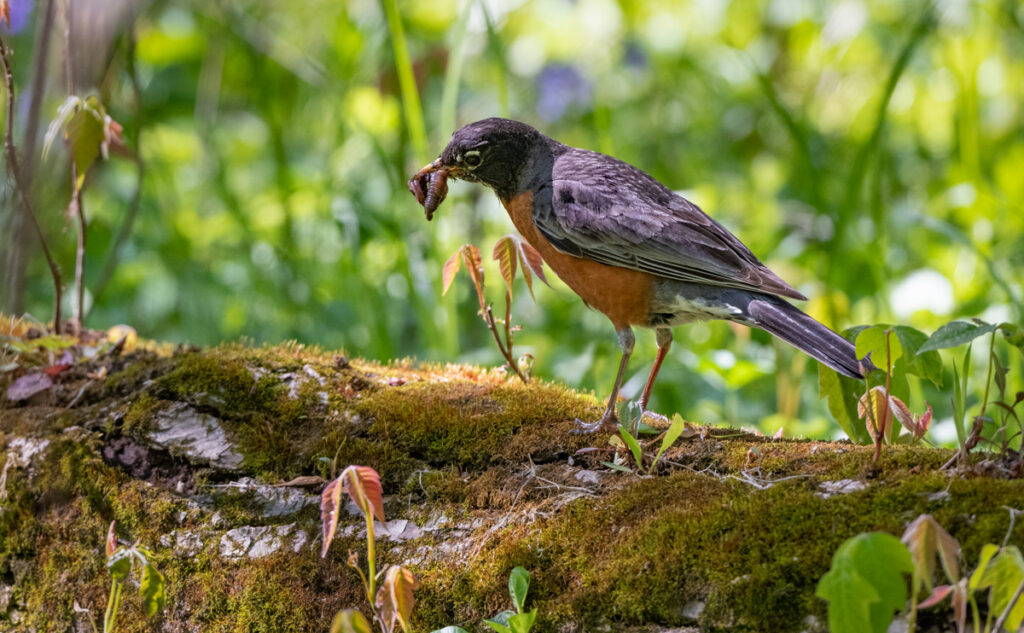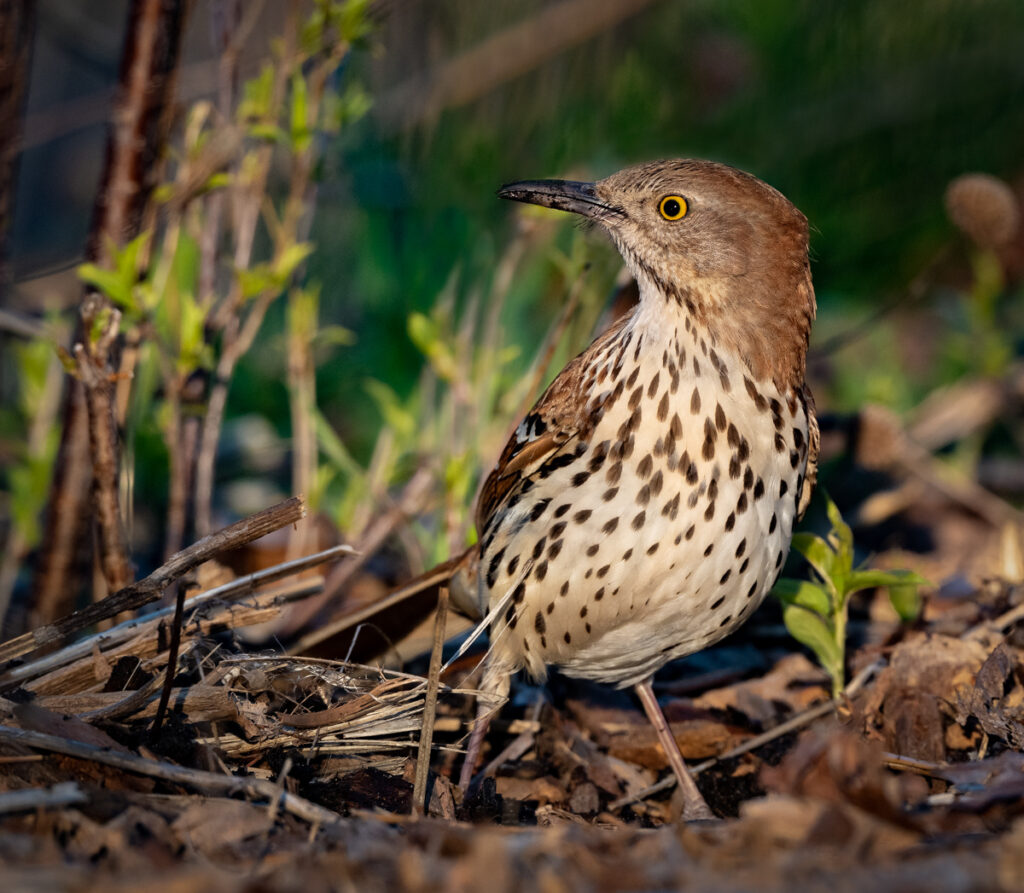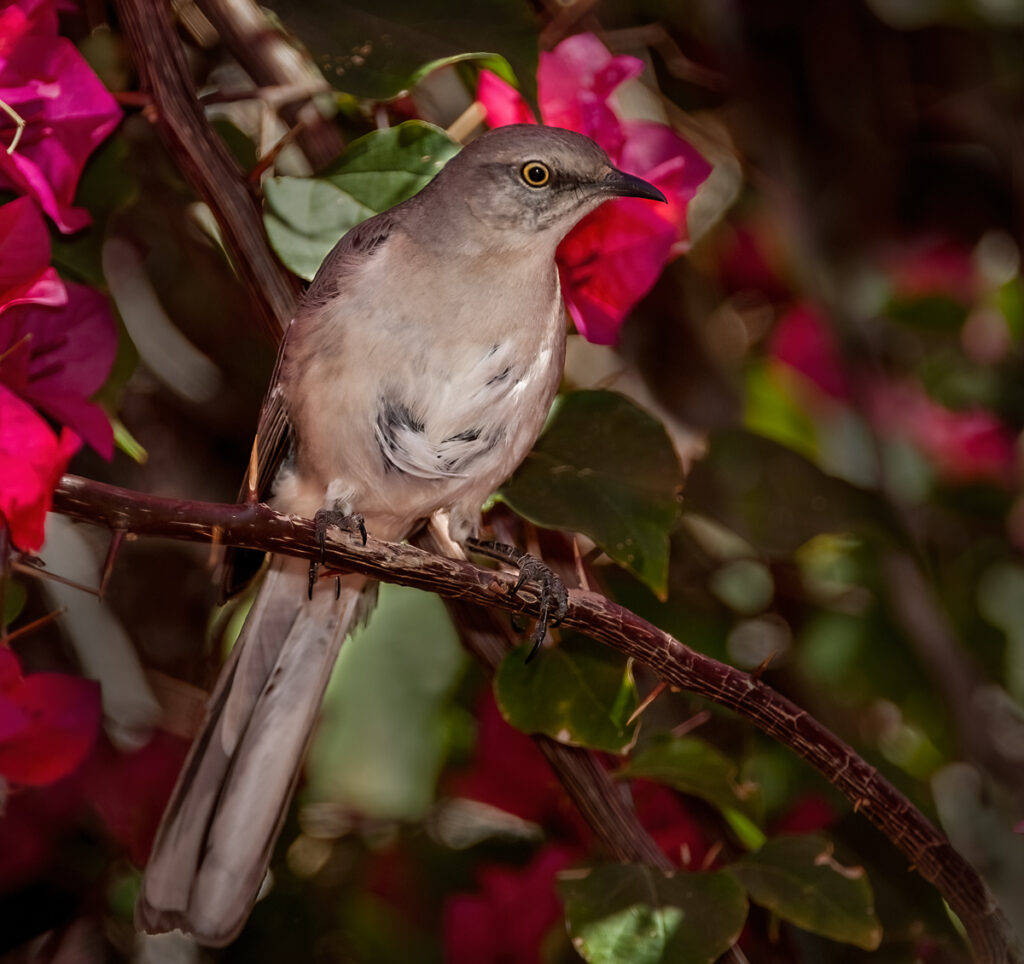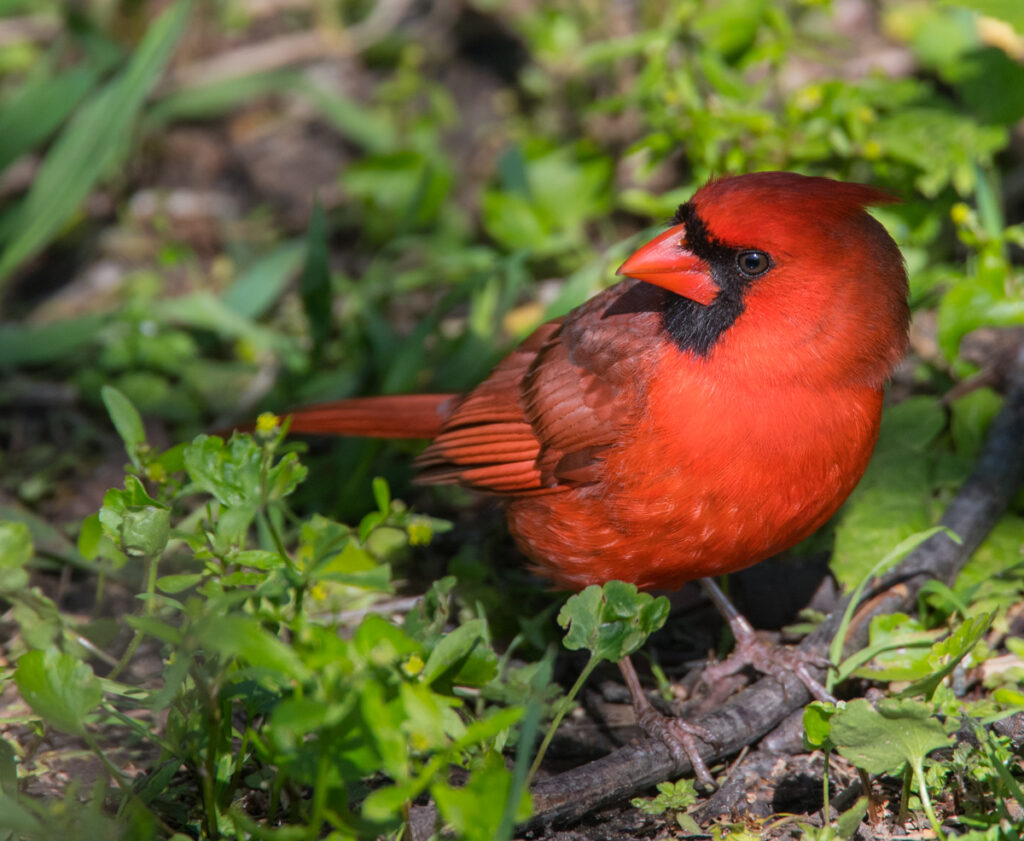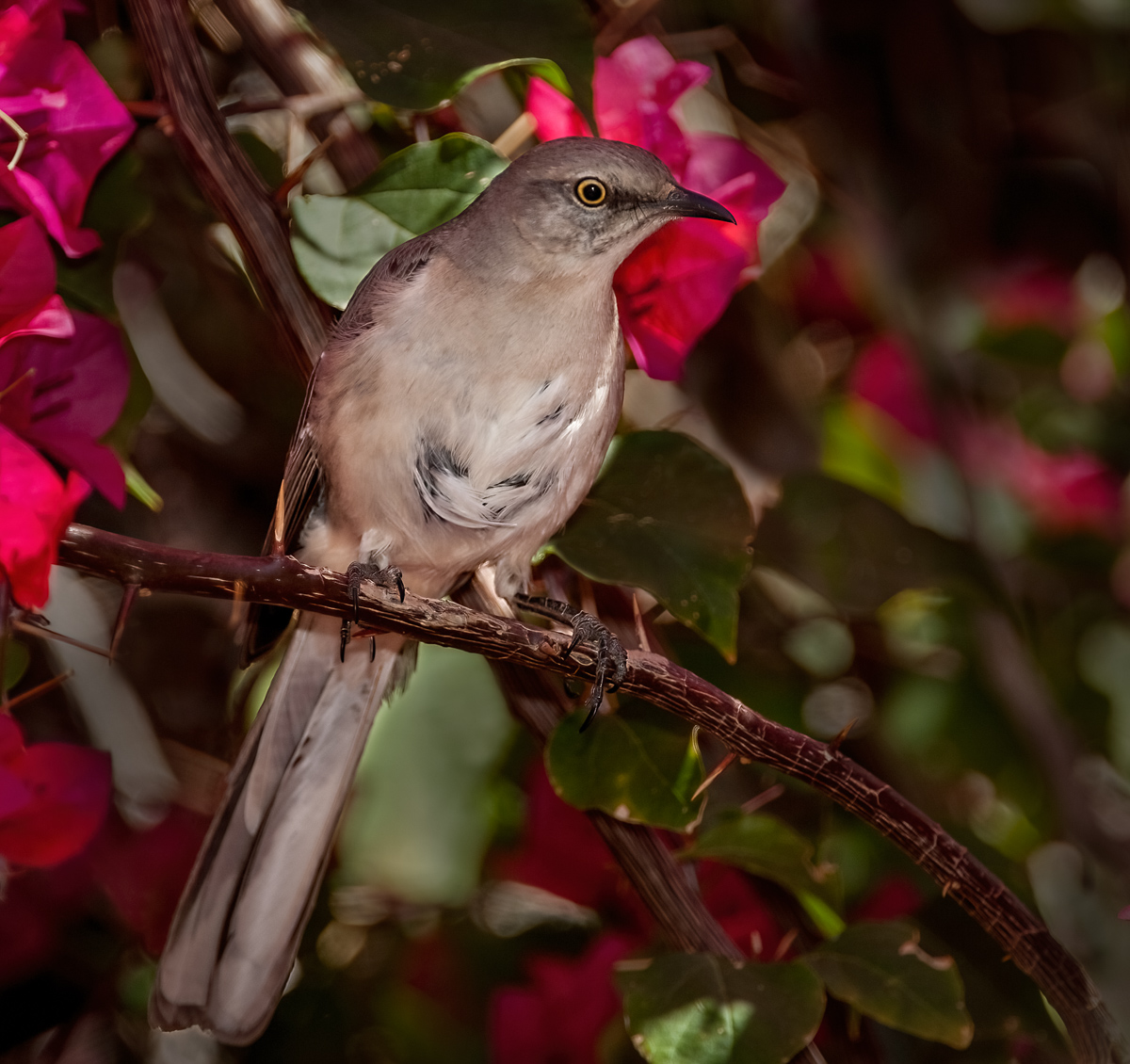
Bird song is a delight to the ear, a beautiful bit of nature that can soothe our souls and connect us instantly to the outdoors. But why do birds sing, and what do their songs mean for bird photography? This blog was inspired by the BirdNote story, “Why Birds Sing”. Discover more about birds’ spring songs and more with BirdNote.
The Sound of Spring
While some bird species do sing all year, most birds express their best vocalizations in spring. This is when birds are claiming territories and seeking mates. A louder, more elaborate song shows a bird’s health, strength, and intelligence – all qualities that can create stronger offspring with a better chance to survive. Because birds, particularly males, will perch in the open as they sing to broadcast their songs for greater distances, this can lead to spectacular photography opportunities that show off the fresh, bright plumage of a spring bird.
But Why Spring?
But why do birds sing in spring? Other than seeking mates, this is also when birds claim territory, working to find the best habitat that will support their feathered families. The longer hours of sunlight in spring, as well as the changing angles as the sun shifts in the sky, stimulates hormonal changes in male birds that lead to more singing.
For some birds, spring is also the season of courtship duets. When male and female birds sing together, weaving their melodies around one another, they strengthen their mating bond and demonstrate their reproductive strength to one another. This “dating” ritual is seen in many songbirds, and is not only a song, but is often part of courtship dances and other displays that can also be amazing to photograph.
How Birds Sing
Birds are able to sing such beautiful, elaborate songs because of their syrinx, the avian equivalent to a human voice box. The syrinx allows birds to produce different notes and tones in different parts of their trachea, which creates richer melodies and more complicated vocalizations.
Young birds learn their first songs from their parents. Over time, birds gain more experience with singing and pick up new songs, tones, and notes from their environment. Birds in the Mimidae family, in particular – such as the northern mockingbird or the brown thrasher – can even learn more unique sounds, such as ring tones, car horns, or construction equipment. The more unique notes and phrases that are part of a bird’s song vocabulary, the more desirable a mate that bird will be, passing on its singing ability to the next generation.
Using Songs for Bird Photography
While we may not be able to capture individual notes in bird photographs, we can capture the essence of a bird’s song. First, use the song to help locate the bird, to find where it is perched for singing. When a bird is singing with its full throat, it will be upright, alert, and poised, and catching that energy and tension in the photo shows just how important and essential that song is, bringing character and depth to the image.
Be sure the bird’s eye is in focus, which will also bring its open bill into focus. The intent expression on the bird’s face will lend more gravity to the photo, emphasizing the importance of the song and what it means to the bird.
A bird’s song is glorious and meaningful, and the more we know about the behaviors we see in birds, the better we will be able to capture outstanding photos that truly showcase how incredible these creatures are. Did you know that you can listen to any bird’s call or song on my websites? Just click the play button on the info panel.



